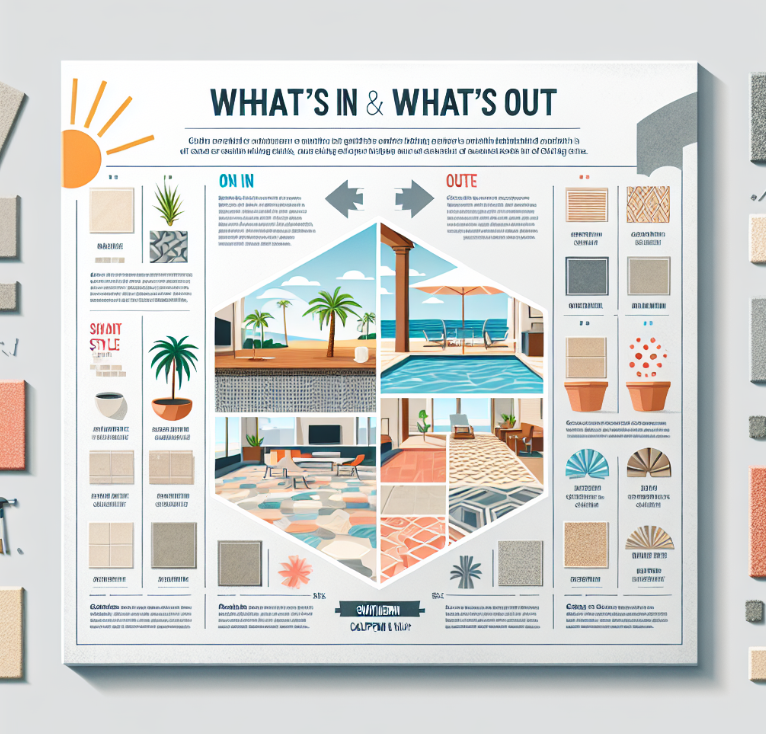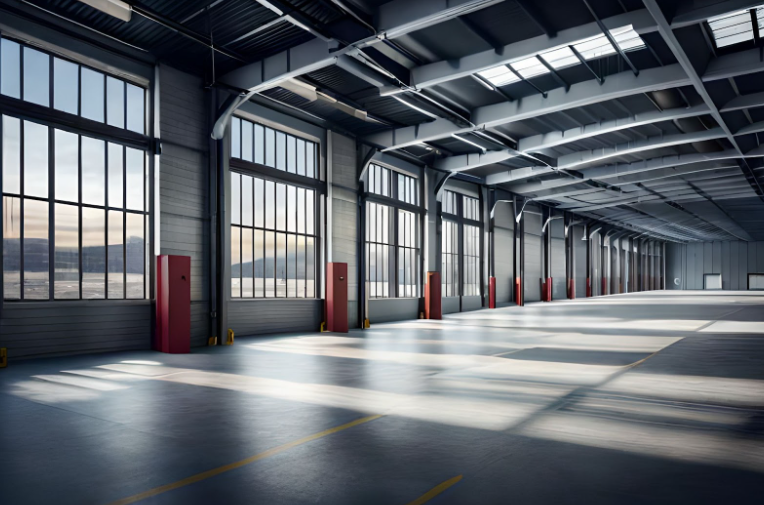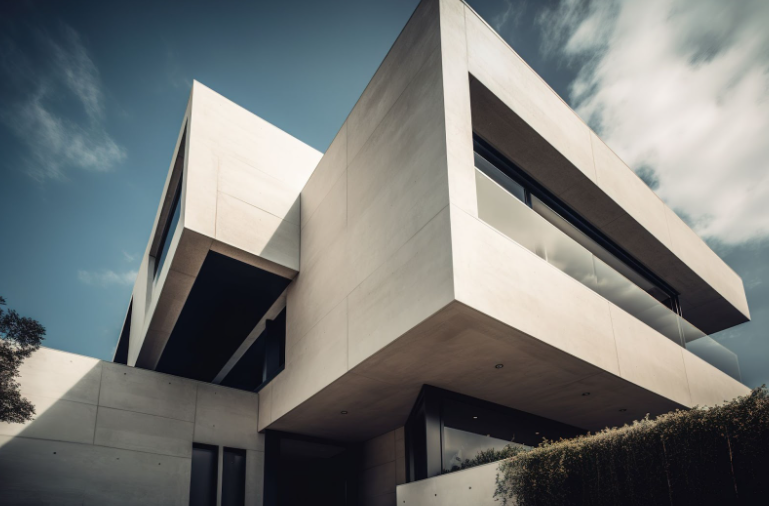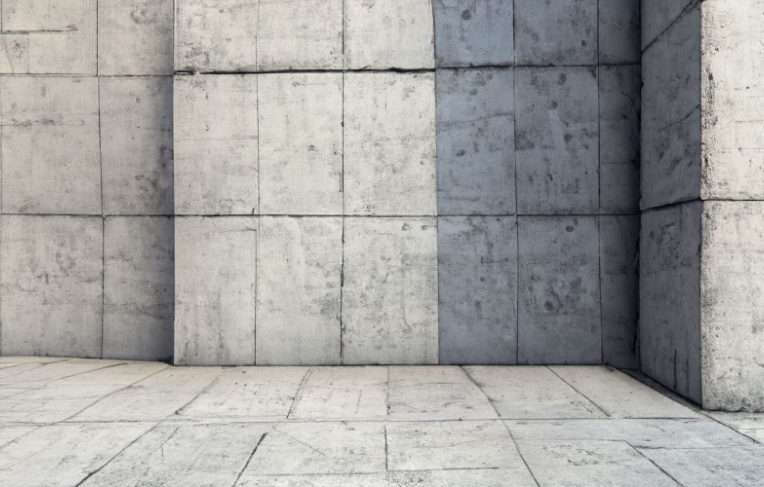Why Concrete is the Smart Choice for Southern California Builds
Southern California's unique climate and environmental conditions demand construction materials that are resilient, efficient, and sustainable. Concrete stands out as a top contender for meeting these requirements. Its inherent properties make it ideal for a variety of building needs, from residential homes to commercial structures. This article will explore the key advantages of using concrete for construction projects in Southern California, focusing on durability, energy efficiency, low maintenance, and environmental benefits.
Durability in the Face of Natural Elements
Southern California is known for its diverse weather patterns, including intense sunlight, occasional heavy rainfall, and seismic activity. Concrete's durability provides a robust solution to withstand these challenges. Unlike wood or other materials that may warp or degrade under such conditions, concrete maintains its structural integrity over time.
Concrete is highly resistant to fire, which is a significant advantage in an area prone to wildfires. This material doesn't combust, providing an additional layer of safety to structures in fire-prone zones. Additionally, concrete's resistance to water damage and mold makes it a reliable choice for areas that may experience flooding or heavy rains.
The ability to endure seismic activity is another critical advantage. Earthquakes are a common occurrence in Southern California, and concrete's inherent strength makes it better suited to absorb and dissipate the energy generated by seismic waves. Reinforced concrete structures can be designed to meet stringent earthquake safety standards, offering peace of mind for both residential and commercial property owners.
Energy Efficiency and Thermal Mass
Concrete's thermal mass properties contribute significantly to energy efficiency in buildings. Thermal mass refers to a material's ability to absorb, store, and release heat. In Southern California, where temperature fluctuations can be substantial, concrete's thermal mass helps to stabilize indoor temperatures.
During the day, concrete absorbs heat from sunlight and other ambient sources, preventing buildings from overheating. At night, as temperatures drop, the stored heat is gradually released, reducing the need for artificial heating. This natural temperature regulation can lead to substantial savings on energy costs and create a more comfortable living or working environment.
Concrete's energy efficiency extends beyond just temperature regulation. The material's density and airtight properties reduce the need for additional insulation, further lowering construction costs and ongoing energy expenses. Buildings constructed with concrete often benefit from reduced operational costs and a smaller carbon footprint over their lifespan.
Low Maintenance Requirements
One of the most appealing aspects of concrete is its low maintenance requirements. Unlike other materials that may require frequent repairs, painting, or treatments, concrete remains dependable with minimal upkeep.
Thanks to its robust nature, concrete structures are less susceptible to common issues such as rot, rust, or insect infestations. This longevity translates to fewer repair costs and less downtime for maintenance. For instance, concrete driveways and walkways can endure the wear and tear of daily use with little more than periodic cleaning to maintain their appearance and functionality.
The low maintenance aspect is particularly beneficial for commercial properties and public infrastructure. Reduced maintenance means fewer disruptions and lower long-term costs, making concrete an economical and practical choice for large-scale projects.
Environmental Benefits
Concrete's environmental advantages are compelling, especially in an era where sustainability is a growing concern. Concrete can be produced using locally sourced materials, reducing transportation emissions and supporting local economies.
The thermal mass properties of concrete contribute to energy savings, which translates into lower greenhouse gas emissions from reduced reliance on heating and cooling systems. Additionally, concrete can be recycled at the end of its life cycle, reducing landfill waste and further minimizing its environmental impact.
Concrete's ability to absorb and retain heat, known as thermal inertia, also contributes to urban heat island mitigation. Urban heat islands occur when urban or metropolitan areas become significantly warmer than surrounding rural areas due to human activities and the concentration of heat-absorbing materials. By using concrete in construction, cities can help moderate temperature increases, contributing to a more comfortable and sustainable urban environment.
Innovations in concrete production, such as the incorporation of supplementary cementitious materials (SCMs) like fly ash or slag, further enhance its sustainability. These materials can replace a portion of the cement in concrete, reducing the overall carbon footprint of construction projects. Advances in carbon capture technology also promise to make concrete production even more environmentally friendly in the future.
Versatility and Adaptability
Concrete's versatility is another reason it's a smart choice for Southern California builds. The material can be molded into virtually any shape or form, making it suitable for a wide range of architectural designs and aesthetic preferences. From sleek modern homes to traditional structures, concrete can adapt to various styles and functionalities.
The adaptability of concrete extends to its performance in different environmental conditions. Whether it's the hot, dry climates of inland areas or the more temperate coastal zones, concrete can be engineered to perform optimally. This adaptability ensures that builders and architects can rely on concrete to meet the specific needs of their projects, regardless of location.
Additionally, advances in concrete technology have led to the development of specialized mixes and treatments that enhance its properties. For instance, high-performance concrete (HPC) offers superior strength and durability, while permeable concrete can be used in applications where water drainage and environmental impact are concerns. These innovations allow concrete to meet the evolving demands of construction in Southern California and beyond.
Cost-Effectiveness Over Time
While concrete may have a higher upfront cost compared to some other materials, its long-term cost-effectiveness makes it a wise investment. The durability, low maintenance requirements, and energy efficiency of concrete structures lead to significant savings over their lifespans.
The initial investment in concrete is offset by lower operational and maintenance costs, making it an economically sensible choice for both residential and commercial projects. The extended lifespan of concrete structures means fewer replacements and renovations, further maximizing return on investment.
Moreover, the insurance premiums for concrete buildings are often lower due to their resilience against fire, water damage, and termites. These savings can add up over time, making concrete an even more attractive option for property owners and developers.
Enhanced Safety and Security
Concrete's robustness contributes to enhanced safety and security for buildings. Its resistance to fire not only protects property but also provides crucial time for occupants to evacuate in case of an emergency. This fire-resistant quality makes concrete a preferred material for constructing schools, hospitals, and other public buildings where safety is paramount.
The structural integrity of concrete also offers improved security against break-ins and vandalism. Concrete walls and barriers are difficult to breach, providing an additional layer of protection for residential properties and critical infrastructure.
In regions prone to natural disasters, such as Southern California, the safety benefits of concrete cannot be overstated. Reinforced concrete buildings provide a formidable defense against earthquakes, offering greater protection for occupants and reducing the potential for catastrophic damage.
Concrete's unparalleled advantages make it the smart choice for building projects across Southern California. Its durability, energy efficiency, low maintenance, and environmental benefits address the unique challenges posed by the region's climate and natural conditions. The versatility, cost-effectiveness, and safety features of concrete further enhance its appeal, making it an ideal material for a wide range of construction needs. From residential homes to large-scale commercial projects, concrete stands out as a reliable, sustainable, and practical choice for Southern California builds.
As the demands for sustainable, durable, and aesthetically pleasing construction materials rise, Diamond Concrete Materials stands at the forefront, ready to meet and exceed your expectations. Our premium concrete solutions are designed to transform your building projects, making them efficient, cost-effective, and environmentally friendly. Don't compromise on quality and sustainability. Contact us today to explore how we can bring your vision to life with concrete’s unmatched benefits.





